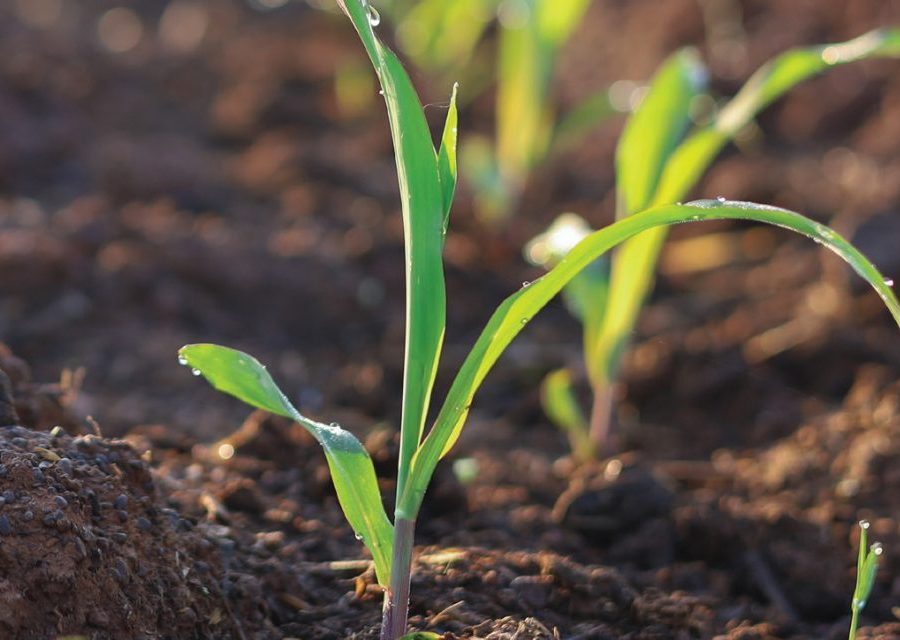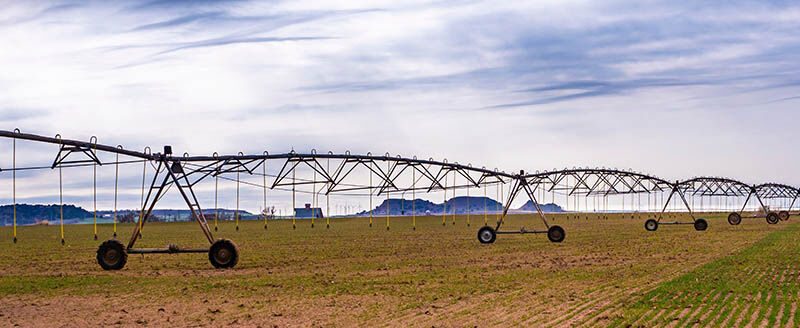When applied generically, regenerative agriculture resonates well with farmers and ranchers, but if they are banking on consumer buy-in to add value it is not reflected in one study.
The University of Purdue’s Center for Food Analysis and Sustainability surveyed 1,200 American adults from across the country over a three-year period. One finding was that 71% of consumers are unfamiliar or only slightly familiar with regenerative agriculture.
Lourival Monaco, a research assistant professor in digital innovation entrepreneurship at Purdue, said consumers who had some familiarity with the term associated it with soil and to a lesser degree land and agriculture. Farmers and ranchers, government and industry often define regenerative agriculture as related to carbon sequestration, no-till and ways to build soil health, he said. That definition does not carry over to consumers, according to the study results.
Monaco, who grew up on a family farm, said consumers are more conscious about the environment, but they continue to focus on a familiar theme to all food products—taste, affordability and nutrition. One example involved asking respondents about snack foods and one that was produced traditional practices at $5 for a bag and the other with regenerative agricultural practices with a higher price at $5.50 per bag and they were asked to choose one. Monaco said about 53% chose traditional methods because it yielded a lower price.
Consumers indicated support for regenerative agriculture products, but they are reluctant to pay more for the final product. Monaco said that even when consumers are asked about the trade-off, they noted that maintaining affordable prices is essential.

The assistant professor said several positives came out of the study. Consumers recognized that reducing water use and greenhouse gas emissions and preserving biodiversity was important. They also indicated that profitability for farmers was important to support their work.
When it came to who should pay for regenerative practices only 6% believed costs should be borne by consumers and 42% said they should be paid by the federal government, Monaco said.
In an unrelated research project Monaco has been a part of, he said regenerative agriculture has continued to build momentum over the past five years. It gets intermingled with another topic—organic food, which can have crossover appeal, but is a different process. Regenerative cropping practices can have a no-till, reduced till and/or cover crop component, which builds soil health. Soil health is more understood than it once was as people think of soil health as a proxy for a healthy environment.
“A healthy soil is the foundation of a healthy farm,” Monaco said.
Farmers tend to be modest about their work, but the study is a reminder about keeping the general public informed about their practices.
“Farmers are really good stewards of the land and by and large they are doing a great job. We need to make sure other entities in the chain, including consumers, understand that,” he said. “Food produced in America is not only safe, but it is the cheapest and most sustainable in the world.”
Regenerative agriculture has to create value, Monaco said. While a small part of the cost may be paid by the consumer, farmers and ranchers need to understand that adopting practices that should help them to stay profitable and build resiliency against climate change are sound principles, he said. If they can maintain yields with less nitrogen application or reduced erosion those are valid arguments for soil health goals.
“You can’t be in the green if you are in the red,” he said. “No money means no mission.”
Dave Bergmeier can be reached at 620-227-1822 or [email protected].




